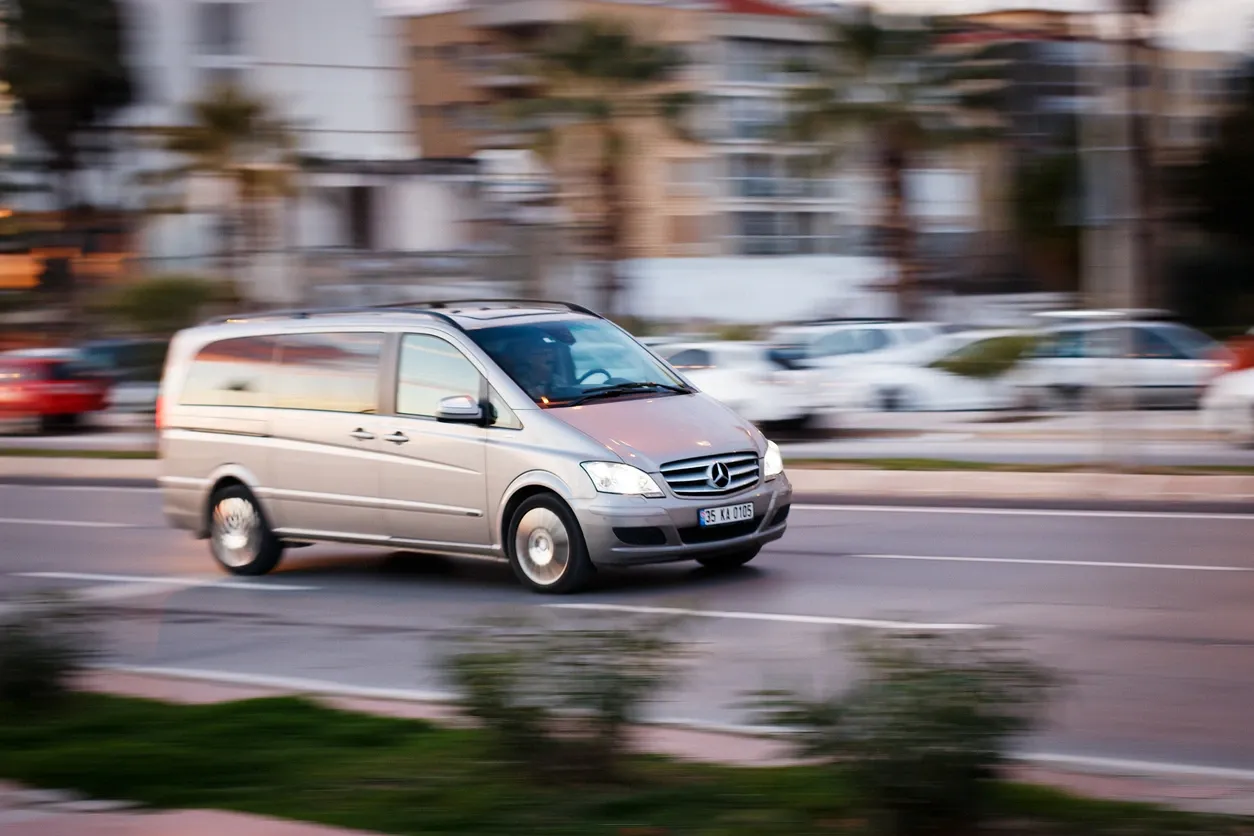Intercity bus networks: the heart of Moroccan public transport
Intercity buses are one of the main choices for those looking to travel between cities in Morocco. These services are provided by a variety of operators offering different levels of comfort and fares. They are particularly popular for their extensive coverage and affordable fares, guaranteeing an accessible public transport option.
In terms of transport modernization, several companies have invested in upgrading their bus fleets to offer passengers greater comfort and safety. Modern vehicles are equipped with Wi-Fi, more spacious seats and efficient air conditioning, making long journeys more pleasant and contributing to sustainable development by reducing the carbon footprint per passenger.
Network planning and efficiency
The efficiency of intercity buses depends to a large extent on local mobility planning. Important road infrastructures, such as strategically-located bus stations, enable these vehicles' departures and arrivals to be well organized. This network significantly improves journey times and minimizes delays, although there are still mobility challenges to be met in some less-served regions.
To further increase efficiency and meet the growing needs of urban and rural mobility, efforts are constantly being made to optimize routes and reduce congestion. Better coordination between different modes of transport, including links with urban transport, could also be beneficial in smoothing inter-city movements.
Private chauffeurs: a premium alternative for worry-free travel
For those looking for a comfortable, personalized transportation solution, private chauffeurs are the option of choice. Available in major cities such as Casablanca, Rabat, Marrakech and Tangier, these services offer greater flexibility and comfort than other modes of transport.
Whether for intercity travel, airport transfers or business trips, top-of-the-range vehicles and experienced drivers guarantee a smooth, safe experience. In addition to comfort, these services often save considerable time thanks to optimized itineraries and door-to-door pick-up.
Numerous online platforms now facilitate booking, making this mode of transport more accessible and adapted to the requirements of modern travellers.
Travelling by train: a modern, comfortable solution
Rail is another popular intercity transport option in Morocco. The Office National des Chemins de Fer (ONCF) manages an efficient rail network linking major cities such as Casablanca, Rabat, Fez and Marrakech. Trains are often preferred for their speed and comfort, thanks in particular to the launch of the TGV Al Boraq, linking Tangier to Casablanca at high speed.
This mode of transport offers not only an ecological but also an economical alternative to travel by private car, thus contributing to sustainable mobility. Thanks to the recent modernization of the Moroccan rail network, service levels have improved significantly, with regular, punctual trains and improved interiors that make every journey a pleasure.
Rail infrastructure and capacity
The continuous improvement of railtransport infrastructure demonstrates Morocco's commitment to mobility planning. Massive investments in existing lines and the construction of new tracks are increasing network capacity in terms of volume and frequency. Future projects promise to extend this offer to better serve even secondary towns.
However, certain challenges remain. Saturation on some lines, especially during peak periods, highlights the need for strategic demand management to maintain service quality. As the network grows, proactive and constant maintenance is crucial to ensure the safety and reliability of rail transport in Morocco.
Carpooling and personal vehicle options
Although public transport dominates urban and intercity travel, the use of personal vehicles and car-sharing is gaining ground. This trend is particularly strong among the younger generation, attracted by the flexibility and conviviality of sharing a journey.
Digital platforms now make it easy to connect drivers and passengers wishing to share a vehicle for a common journey between two destinations. Carpooling offers multiple benefits, such as reduced individual travel costs, a smaller ecological footprint, and a potentially more social travel experience.
Environmental impact and the sharing economy
Increased use of car-sharing plays an active role in the sustainable development of the mobility sector. By reducing the total number of vehicles on the road, it reduces greenhouse gas emissions and extends the life of existing road infrastructure.
The sharing economy, supported by these new initiatives, provides a partial solution to the challenges posed by the high cost of personal travel, while encouraging more rational and responsible consumption. However, raising public awareness of the social and economic benefits of car-sharing remains essential if this mode of transport is to become more widespread.
FAQs on extra-urban travel in Morocco
What are the best transport options between Casablanca and Marrakech?
Casablanca and Marrakech benefit from several transport options. Trains are often chosen for their speed and comfort, thanks in particular to the TGV service. In parallel, intercity buses offer a good compromise between cost and flexibility, with frequent departures. Carpooling is also a viable option for those wishing to divide the cost of the journey and make it more interactive.
How does Morocco guarantee sustainable transport?
Morocco is striving to maintain sustainable transport, mainly by improving and modernizing its rail and road networks. The country is investing in environmentally-friendly solutions such as extending train lines and promoting car-sharing. In addition, mobility planning increasingly incorporates sustainable practices aimed at reducing the ecological footprint generated by intercity travel.
What are the major challenges facing intercity transport in Morocco?
Among the challenges facing intercity mobility in Morocco are congestion on certain roads and rail lines, especially during busy periods, and a constant need for investment in infrastructure. There is also the challenge of promoting environmentally-friendly transport solutions that are accessible to all. Diversifying transport offerings to include technological innovations is essential to effectively meet these challenges.
What is the environmental impact of the different means of transport used?
Environmental impact varies considerably depending on the means of transport. Electric trains, for example, generate far fewer polluting emissions than private cars. Buses, while less environmentally friendly than rail, carry a large number of passengers simultaneously, thus spreading the overall emission per person. Encouraging car-sharing and the use of public transport helps to reduce the overall ecological impact of travel.

